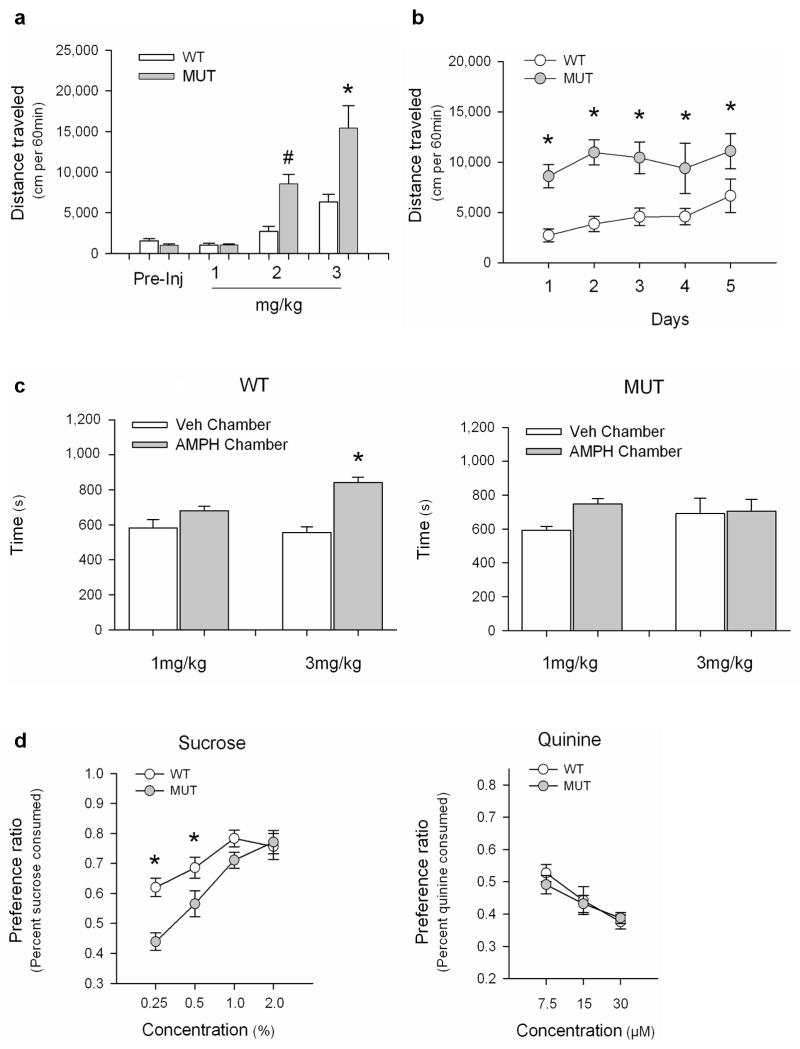Figure 2. Mecp2308/y mutant mice show altered AMPH-induced behaviors.
a, AMPH-induced open field locomotion in Mecp2+/y (WT) and Mecp2308/y (MUT) littermates. (F7,53=20.03, p < 0.001; * - p<0.001, WT compared to MUT for 3mg/kg; # - p=0.019, WT compared to MUT for 2mg/kg). b, Open field locomotor activity induced by repeated 2mg/kg AMPH. By RMANOVA the within subject effect of days and the day by genotype interaction were not significant. However, the between subjects effect of genotype was significant (F1, 14 =14.96, p<0.002; * - ps<0.05, MUT compared to WT). By RMANOVA within each genotype, the days effect was significant for WT (F4,28=5.115, p<0.003), but not for MUT (F4,28=0.609; p=0.659). c, CPP in Mecp2308 mice (n=9/genotype for 1mg/kg; n=12/genotype for 3mg/kg). For WT, RMANOVA found a significant preference for the AMPH-paired chamber at 3mg/kg (chamber by dose: F1,18=4.29, p=0.05); * - p < 0.001, Veh- compared to AMPH-paired chamber). In MUT, there was no significant main effect of dose (F1,20=1.45, p=0.24) or chamber preference (F1,20=1.05, p= 0,32) and the chamber by dose interaction was not significant (F1,20=0.50, p=0.49). d, Sucrose preference test in Mecp2+/y (WT) and Mecp2308/y (MUT) littermates (n=9 mice/group). For sucrose, RMANOVA showed significant main effects of concentration (F3,48=19.75, p<0.0001) and genotype (F1,16=12.88, p=0.002), and a significant concentration by genotype interaction (F3,14=2.78, p=0.051). * - ps<0.05, WT compared to MUT at 0.25% and 0.5%. p=0.079, WT compared to MUT at 1.0%. For quinine, RMANOVA revealed a main effect of concentration (F2,34=12.52, p=0.001), but no genotype effect. Results displayed as mean ± s.e.m.

